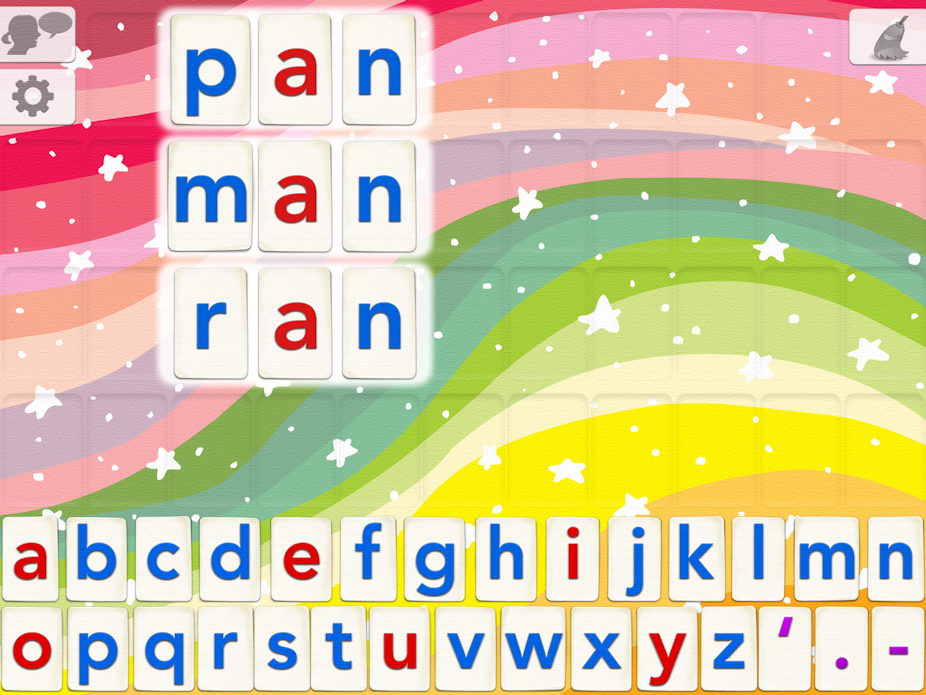Parents and teachers have long been given guidance on which books can help children learn but no such help is on offer when it comes to apps. The bad news is, definite recommendations may be a long time coming. The good news, though, is that we already know a few things about apps that can help you choose for yourself.
Prizes including the Booktrust Best Book Awards and the CILIP Carnegie and Kate Greenaway Medal produce shortlists, often drawn up by children’s literacy experts, which can help parents and educators navigate the crowded book market. There are also best book lists put together by booksellers, teachers or children.
While there are international awards for apps, they don’t offer the same service. Parents and educators are therefore left to their own devices when searching through the Digital Wild West of apps. Which are best to help children learn to read? Which are good for numbers? Which just waste their time?
With thousands of apps available on a vast global market, teachers would also welcome some officially recognised app lists which would be aligned with school curriculum objectives.
Apps evolve much faster than books, which means it’s perfectly feasible that a feature with educational value could disappear from one update to the next.
It would help if we actually knew what these beneficial features were in the first place, of course. There is a lack of research-based, empirically validated criteria for what makes an app educationally valuable. Some research is slowly emerging but it will be years before scholars can confidently identify the short or long-term benefits or pitfalls of specific app features.
While we wait, there are some things you can do yourself.
First, think about the specific activity, skill or experience you wish to enrich and how an app might fit into that activity. If you’ve found a drawing app, for example, think about how it encourages creativity. Does the app come with some open-ended drawing possibilities, enabling the child to mix and match colours and add more advanced patterns? Open-ended apps are likely to offer more creative opportunities than template-based ones.
If you’re choosing from a range of apps that support the same activity, follow some general rules of thumb such as apps facilitating interactive and shared engagement, creativity or personalisation. If you are unsure about your choices, discuss them with other parents, teachers and the children themselves. There are some good support networks online, with several teachers and parents regularly posting app reviews online.
It is also good to think about whether the app enriches the offline version of an activity. If a reading app links to audio books, such as through a QR code, that might make it more useful, or if a numbers app encourages a child to count real objects as well as digital ones, its benefits could extend beyond the time spent actually using it. For physical activity, an app might teach a child about balance and then suggest they go and balance on something in their home or garden.
And last but not least, the best children’s apps are those which are not just about the user but about others too. They should encourage your child to engage with others. For example, good story-making apps are those which engage the child, not only in story-creation, but also in story-sharing and learning about others through their stories.
Apps can cause parents and teachers a lot of anxiety. For many, digital learning and playing is a new world. Developers make big promises about educational value and often design their products with the aim of getting users hooked. However, you will not miss out on the opportunities apps offer as long as you choose wisely, by using your life experiences and drawing on expertise of those around you.

